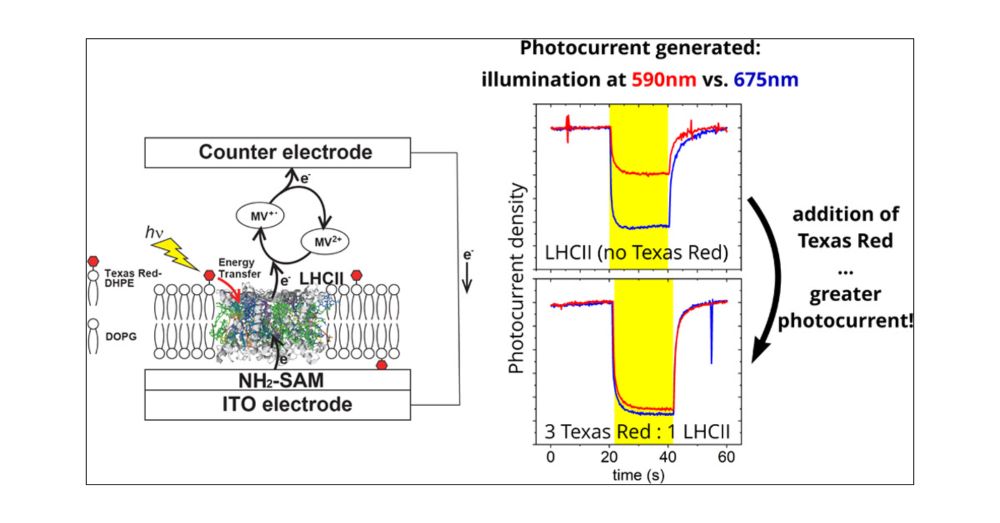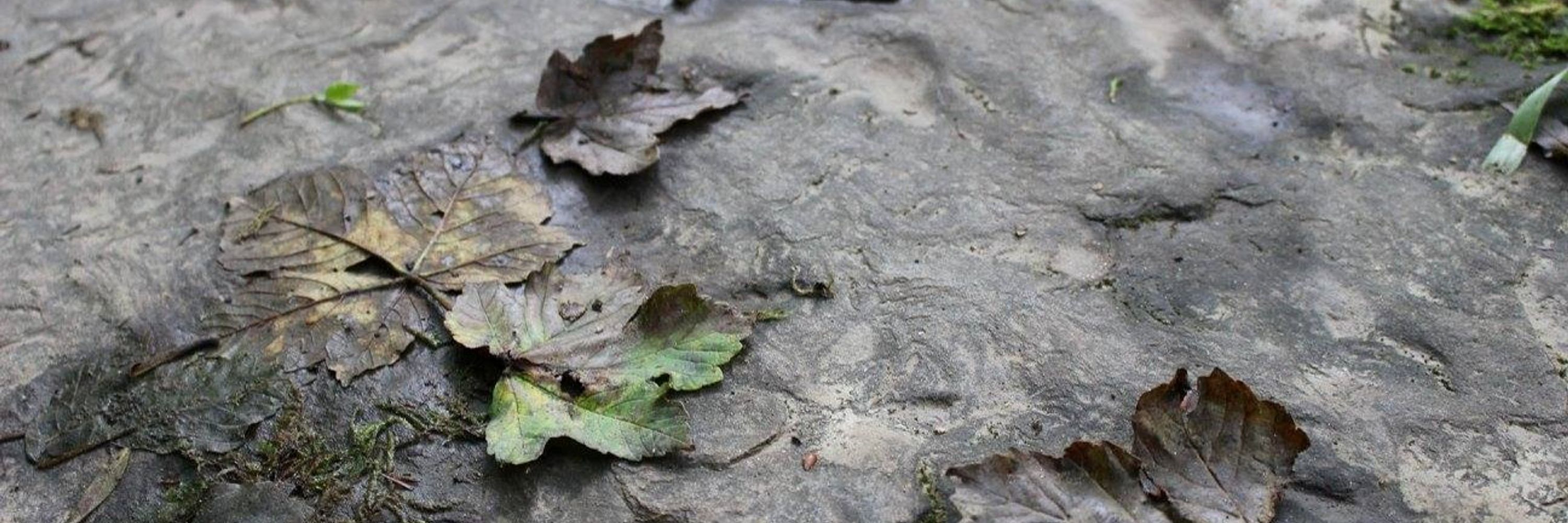Peter Adams
@adamsbiophyslab.bsky.social
110 followers
78 following
5 posts
Our research explores biological light-harvesting proteins, artificial photosynthesis and lipid membranes. Biochemistry, spectroscopy, nanotech, AFM, FLIM.
Posts
Media
Videos
Starter Packs
Peter Adams
@adamsbiophyslab.bsky.social
· Jan 22
Peter Adams
@adamsbiophyslab.bsky.social
· Jan 22

Photocurrent Generation by Plant Light-Harvesting Complexes is Enhanced by Lipid-Linked Chromophores in a Self-Assembled Lipid Membrane
The light-harvesting pigment–protein complex II (LHCII) from plants can be used as a component for biohybrid photovoltaic devices, acting as a photosensitizer to increase the photocurrent generated when devices are illuminated with sunlight. LHCII is effective at photon absorption in the red and blue regions of the visible spectrum, however, it has low absorption in the green region (550–650 nm). Previous studies have shown that synthetic chromophores can be used to fill this spectral gap and transfer additional energy to LHCII, but it was uncertain whether this would translate into an improved performance for photovoltaics. In this study, we demonstrate amplified photocurrent generation from LHCII under green light illumination by coupling this protein to Texas Red (TR) chromophores that are coassembled into a lipid bilayer deposited onto electrodes. Absorption spectroscopy shows that LHCII and lipid-linked TR are successfully incorporated into lipid membranes and maintained on electrode surfaces. Photocurrent action spectra show that the increased absorption due to TR directly translates into a significant increase of photocurrent output from LHCII. However, the absolute magnitude of the photocurrent appears to be limited by the lipid bilayer acting as an insulator and the TR enhancement effect reaches a maximum due to protein, lipid or substrate-related quenching effects. Future work should be performed to optimize the use of extrinsic chromophores within novel biophotovoltaic devices.
doi.org
Peter Adams
@adamsbiophyslab.bsky.social
· Jan 22




